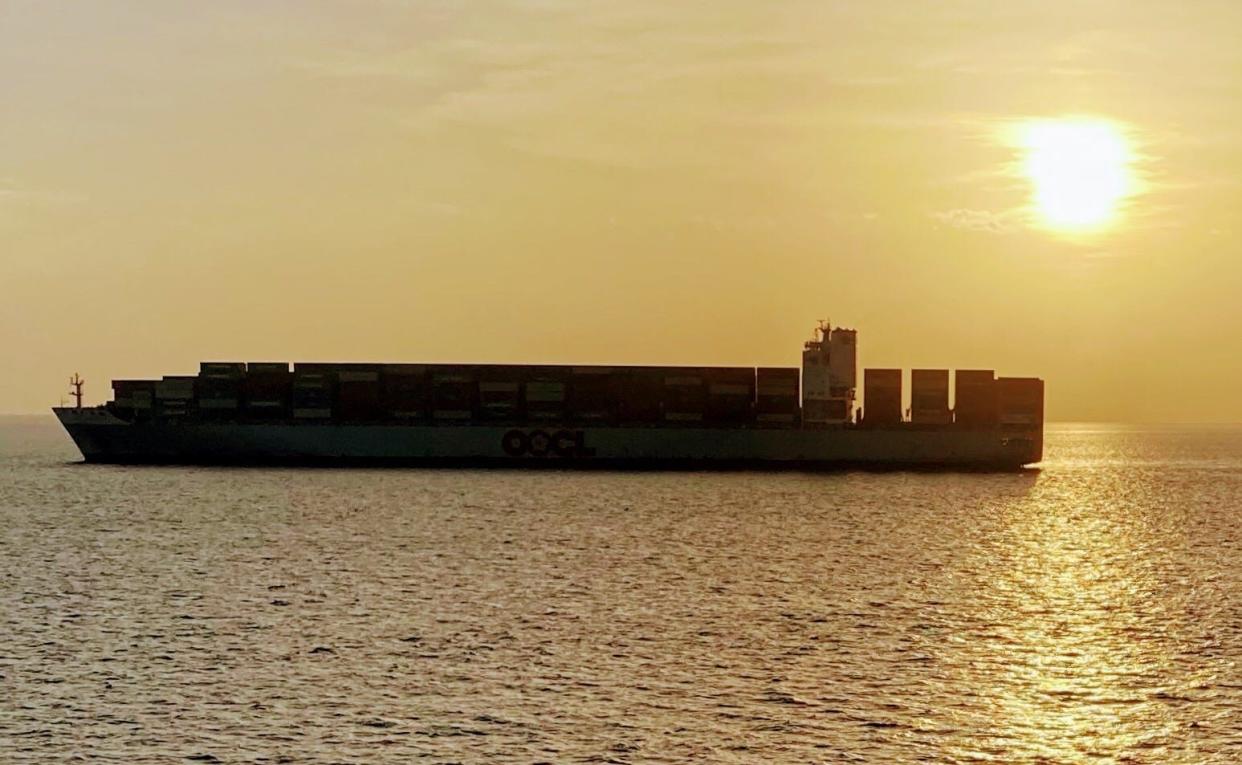How people are working together to ease the Panama Canal drought

Twenty-five years ago, scientists warned that deforestation near the Panama Canal might lead to serious environmental consequences, including destabilizing the local climate and drying out the canal.
Today, those warnings are materializing as the Panama Canal faces one of its most severe droughts in history, threatening global trade and the operation of this vital waterway.
The Panama Canal Authority (ACP in Spanish) recently had to take drastic measures such as raising toll rates and limiting the size and number of ships that can pass through. These changes have led to increased shipping costs, particularly affecting United States energy products.
The bigger picture: Deforestation and drought
The root of the problem, however, extends beyond temporary weather patterns.
The ongoing deforestation of the Amazon Rainforest, crucial for regional and global climate regulation, is having a profound impact. The Amazon is not just a group of trees, but a huge ecological system that stabilizes the global climate and cycles incredible quantities of water and carbon.
Its loss of trees has led to reduced rainfall thousands of miles away, including areas around the Panama Canal.
In the late 20th century, researchers raised concerns that cutting down vast areas of forest near the Panama Canal could lead to less rainfall in the region. Trees play a crucial role in the water cycle by absorbing rainfall and releasing water vapor back into the atmosphere, which then falls as rain again.
Without enough trees, areas like the Panama Canal risk becoming drier.
The main water source for the Panama Canal is Gatun Lake, an artificial lake that supplies water needed to operate the canal locks. Recent data show that water levels in Gatun Lake are the lowest they've been in the past five years, critically impacting canal operations. Without sufficient rainfall to replenish the lake, the canal cannot function effectively.
The situation is severe, and solutions like pumping seawater into Gatun Lake or diverting rivers have been dismissed due to their potential negative impact on the environment and local communities. The future of the Panama Canal is now in jeopardy, with significant implications for global trade and economic stability.
A call to action
In Capira, Panama, a unique initiative combined the interests of local coffee farmers with the environmental challenges facing the Panama Canal. Launched 15 years ago, this incentive program has encouraged coffee farmers to rapidly plant more coffee trees on their land.
In the past, coffee farmers have been responsible for slashing and burning forests for their coffee trees. Now they are planting as many trees as possible to help both the environment and their business.
Experts acknowledge that while reforesting coffee farms alone won't solve all the problems, it significantly contributes to slowing the damage to surface water sources that are crucial for the Panama Canal's operation. Coffee farm trees are not nearly as densely packed as the rainforest, but scientists say every little bit helps a little.
This program shows how local actions can contribute significantly to global solutions, especially in the area of environmental sustainability and climate resilience. Through their dedication to sustainable practices, the coffee farmers of Capira are playing a pivotal role in preserving one of humanity's most significant engineering marvels.
This unfolding situation serves as a stark reminder of the interconnectedness of our global environment and the urgent need for concerted action to safeguard our planet's future. The plight of the Panama Canal is not just an environmental issue but a global economic issue as well.
The citizens of Panama have recognized that working together is best for everyone.
Mike Szydlowski is a science teacher and zoo facilitator at Jefferson STEAM School.
TIME FOR A POP QUIZ
How does deforestation near the Panama Canal impact its water levels?
What measures have the Panama Canal Authority taken to manage the reduced water levels?
Why is the Amazon Rainforest important for regional and global climate regulation?
What are the implications of the severe droughts on the Panama Canal's future?
How are local coffee farmers contributing to solutions for the Panama Canal's water issues?
LAST WEEK'S QUIZ ANSWERS
What are the two main varieties of cicadas mentioned in the article?
The two main varieties of cicadas are annual cicadas, which appear every year, and periodical cicadas, which emerge every 13 or 17 years.
What distinguishes Brood XIX from other cicada broods?
Brood XIX is distinguished by its 13-year cycle and its status as the largest and most widespread group of periodical cicadas in North America.
How do cicadas contribute to their ecosystems?
Cicadas are a significant food source for various predators and aerate the soil through their nymphs' burrowing activities. Additionally, the decaying bodies of adult cicadas provide essential nutrients to the soil, making them vital contributors to the health of forest ecosystems.
What are some adaptations that help cicadas survive?
Cicadas have developed long developmental cycles, synchronized emergence, and large numbers to overwhelm predators. Their loud calls, produced by males, are used to attract mates and repel predators.
Why were people long ago often scared when this brood of cicada emerged?
Before fully understanding the cicada, some people thought this was a sign of an apocalypse.
This article originally appeared on Columbia Daily Tribune: How people are working together to ease the Panama Canal drought

